
All categories
Featured selections
Trade Assurance
Buyer Central
Help Center
Get the app
Become a supplier

(960 products available)

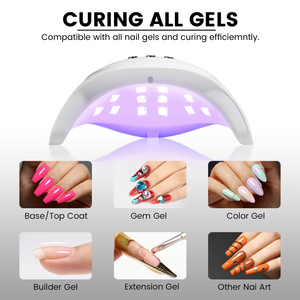



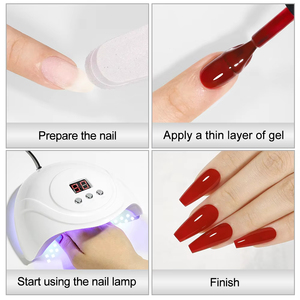










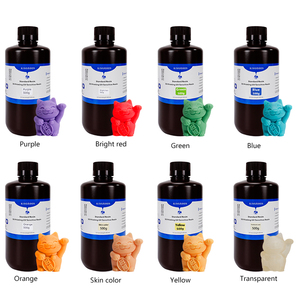
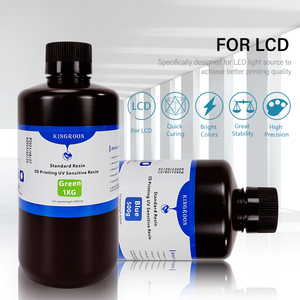





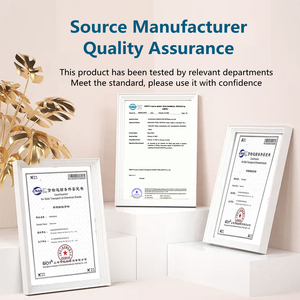











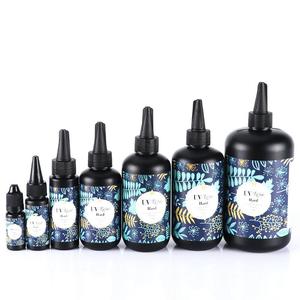
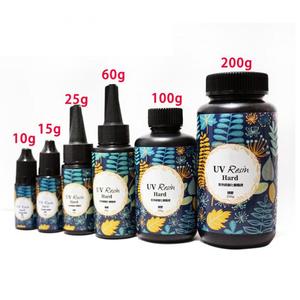




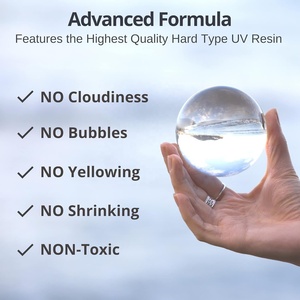



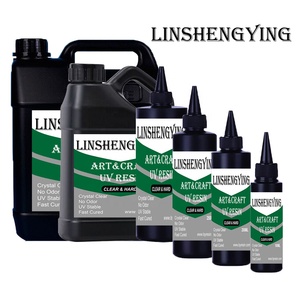
Sun cure resin exists in several types. They include the following:
This variant offers unparalleled adhesion to a vast range of materials and can flex with changing temperatures. Its unique formulation guarantees durability in the ever-changing outdoor environments. Thus, making it ideal for projects requiring a robust yet flexible solution.
Engineered specifically for commercial and industrial applications, this resin effortlessly seeps into microscopic cracks and voids. This property makes it excellent for use in repair works. Also, its low viscosity coupled with a rapid curing time makes it indispensable when efficiency is a key requirement.
This resin type is primarily formulated for ultraviolet light exposure rather than sunlight. Nonetheless, it houses equivalent curing properties under either condition. It is well-suited for intricate applications that involve detailed work. Such areas include electronic components or precision instruments. This resin guarantees a quick cure without compromising clarity.
This resin can be utilized in applications where resistance to impacts and flexibility are vital. These properties come in handy in settings where an item is likely to experience heavy use, such as in sporting goods. Here, the resin's capacity to absorb shocks will protect underlying materials and maintain integrity over time.
Sun cure resin is widely used in industrial applications. The following are its common uses:
In the automotive and aerospace fields, Sun Cure resins are critical for manufacturing lightweight components. These resins help in enhancing the overall performance of vehicles and aircraft. Also, they offer exceptional strength and chemical resistance. In addition, the cured materials ensure they stand up to the demanding environments common in these industries.
Sun-cured resins play a critical role in the electronics sector. Usually, they are used for insulation and protection of electronic components. Often, their superior dielectric properties and ability to form a robust, heat-resistant barrier make them ideal for safeguarding circuits and other electrical parts from moisture, heat, and mechanical stress. These threats can impede functionality.
Often, sunlight-activated resin is engineered into biocompatible materials that meet stringent medical standards. This makes them vital for the medical industry. These resins are indispensable in manufacturing medical devices and implants. Moreover, their precision curing provides tight tolerances. This property is especially critical in devices where accuracy is non-negotiable.
Usually, in industrial settings, tools and equipment undergo continuous wear and tear. Sun-cured resin acts as a reliable repair material for bringing tools back into service quickly. Commonly, it is used to fill cracks or restore worn areas. This resin helps in prolonging the life of critical equipment. It also reduces downtime in production processes.
Commonly,Sun cure resin is used to manufacture lenses and optical components in industries reliant on vision-correcting devices. Often, it provides clarity and precision in the optical path. Its ability to cure quickly under UV light makes it suitable for complex lens designs, where thorough control over shape and surface is paramount.
Sun cure resin comes with multiple features. These features include the following:
Sun cure resin's most significant feature is its rapid curing capability. Commonly, it can fully harden in seconds under UV light or direct sunlight. This property sets it apart from other resins. Normally, it allows for quick application and immediate usability. This property is particularly beneficial in industries where time efficiency is paramount.
This resin type can easily bond to various substrates, including metals, plastics, and glass. This makes it a versatile choice for multiple applications. Heghtened adhesion not only ensures robust construction but also reduces the need for surface priming or preparation. This streamlines the process further.
Sun cure resins are designed to withstand exposure to chemicals, including solvents and oils. This is done to ensure long-lasting repairs or constructions in industrial settings. Furthermore, they maintain their integrity even when exposed to harsh environmental conditions. These conditions include UV radiation, which means they are suitable for outdoor applications.
Typically,ina addition to its strength, Sun cure resin offers an aesthetically pleasing clear finish. This feature is critical in applications where visual clarity is indispensable. Such applications include optics or automotive repairs. Also, it retains flexibility. Therefore, it reduces the likelihood of cracking or breaking in components that are prone to bending or expansion.
Below is a guide on how to use sun cure resin:
This process begins with cleaning the surface to eliminate debris, oil, or moisture. This is normally done by using isopropyl alcohol. This move ensures optimal adhesion. Incase there are any missing parts on the surface, use a mixing stick to combine resin and hardener in equal parts. Then, pour the mixture into any identified cracks.
For easy application, use a dropper to gently fill the prepared area with the mixed resin. Once done, expose the resin to UV light for a few minutes. The time will depend on the resin’s thickness. Monitor closely to prevent overheating. The UV light is a trigger that causes the resin to harden.
This resin requires minimal maintenance. However, regular inspection of areas exposed to sunlight is crucial. Often,UV exposure may degrade the bond over time. Therefore, it is always prudent to conduct periodic checks. In case of any needed repairs, use a dropper to add more resin into any worn-out areas. Then, reapply UV light until the resin fully cures.
When dealing with Sun cure resin, it is paramount to consider quality and safety. Here are some related insights:
Manufacturers prioritize quality inSun-cured epoxy. Usually, they utilize high-grade raw materials to produce resins with consistent viscosity and curing times. Henceforth,these ensure that end users acquire predictable results in their applications. Also, quality control is typically executed through rigorous testing procedures. These procedures often include checking adhesive strength, clarity, and resistance to environmental factors.
The above-mentioned attributes are crucial in maintaining the physical as well as the chemical properties of Sun cure resin. Moreover, reputable manufacturers adhere to international standards and certifications in order to guarantee the resin's safety and effectiveness.
Also,Sun cure resins come in a myriad of formulations. These formulations are typically designed to accommodate diverse application needs. These applications range from industrial repairs to crafting. Ideally, this versatility is a result of the resin's ability to bond with multiple substrates. They include metals, plastics, and glass.
Normally,this makes it a go-to option for industries that demand quick fixes or precise applications. Commonly, the resin's rapid curing under UV light or sunlight, coupled with its exceptional adhesion properties, ensure it has a robust and durable end product.
Sun cure resin contains chemicals that, when improperly handled, can potentially cause skin irritation and other health issues such as respiratory problems. Normally, users are advised to always wear gloves, goggles, and masks to minimize direct contact with skin and eyes, as well as inhalation.
Further, users should be aware of the proper disposal methods, as some resin components fall under hazardous waste categories. Usually, adhering to local regulations on hazardous materials will mitigate environmental hazards as well as personal risks.
Additionally, incomplete curing poses a risk. Commonly, uncured resin may release harmful chemicals. Therefore, exposure to UV light during application should always be well monitored to ensure full curing.
A1: A majority of Sun cure resins consist of oligomers. Usually, these are the backbone of the resin, providing a structure for the material. They are accompanied by monomers, which work to reduce viscosity for easier application. Additionally, they include photoinitiators that absorb UV light and begin the curing process. Additionally, there are fillers and additives that enhance properties like adhesion, flexibility, and durability.
A2: Usually,Sun cure resin is not water-based. Therefore, it does not bear direct risks to water contamination as the former does. Conversely, the chemical composition of sun-cured resin comprises materials that can be detrimental if released into the environment. This normally occurs during improper disposal. Nonetheless, the resins' manufacturers are currently adopting eco-friendly practices and formulations. These include offering refillable containers and producing low-VOC resins.
A3:A1 majority of the tools are common. They include paintbrushes, syringes, and spatulas. They are used for small projects. But, for larger applications, users can utilize spray equipment. In cases where precision is the key, dentists might prefer using products like intraoral cameras to monitor the process closely. Lastly, UV lamps or natural sunlight are effective in curing the resin.
A4:Normally, improvements in Sun cure resin have brought about better adhesion and faster curing times. These enhancements offer manufacturers a broader application range. Also, the resin has improved its resilience. Therefore, making products more durable. In addition, advancements in resin formulations have lowered their environmental impact. This contributes positively to the ecosystem.
A5:Typically, fillers in Sun cure resin act for reinforcement purposes. Ideally, they enhance the resin's mechanical properties. Thus improving its viscosity and allowing for easier application. Further, they contribute to the overall cost-effectiveness of the resin. In addition, certain fillers enhance the resin's thermal and chemical resistance. This allows its users to tailor the resin to suit specific needs and requirements.